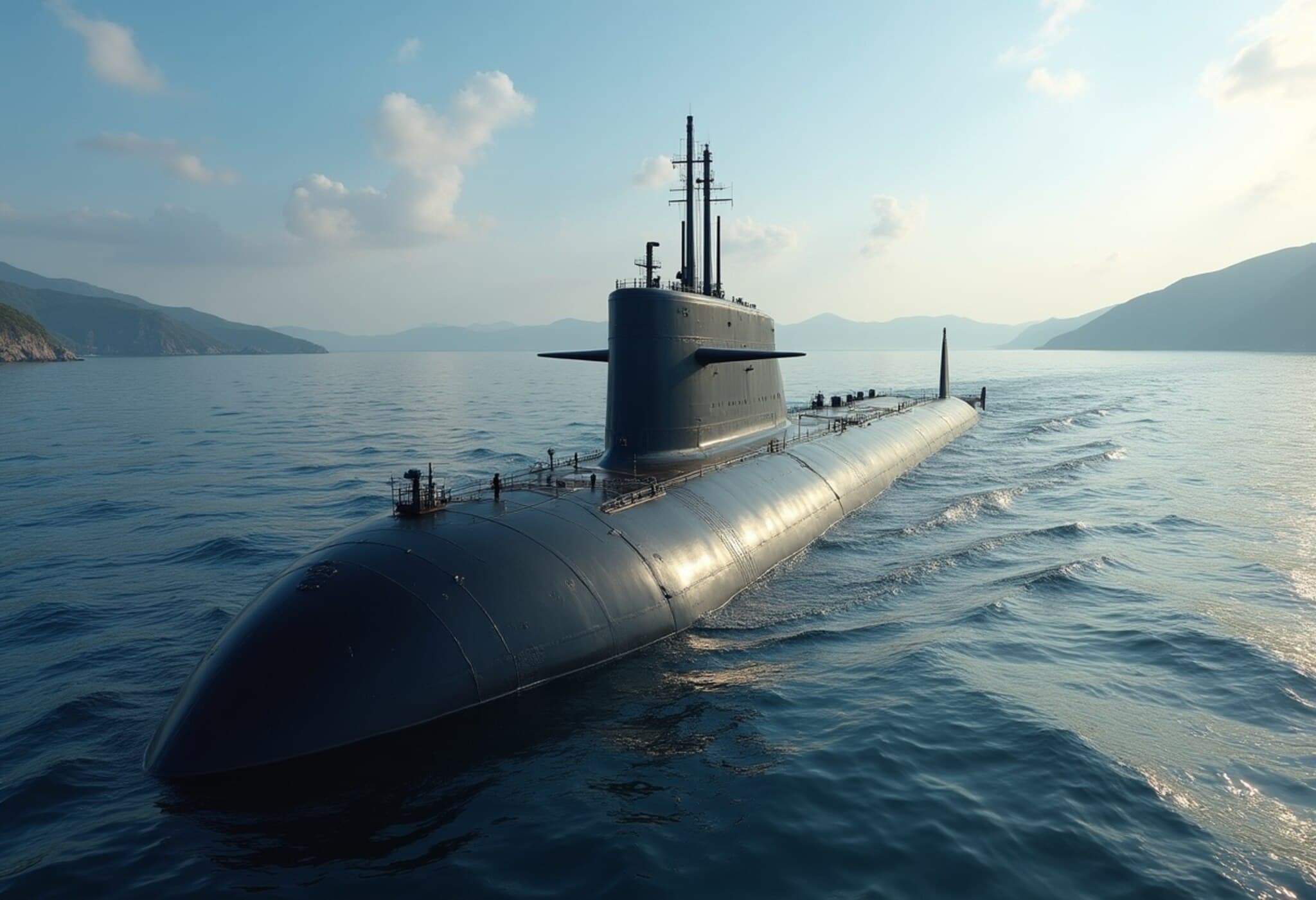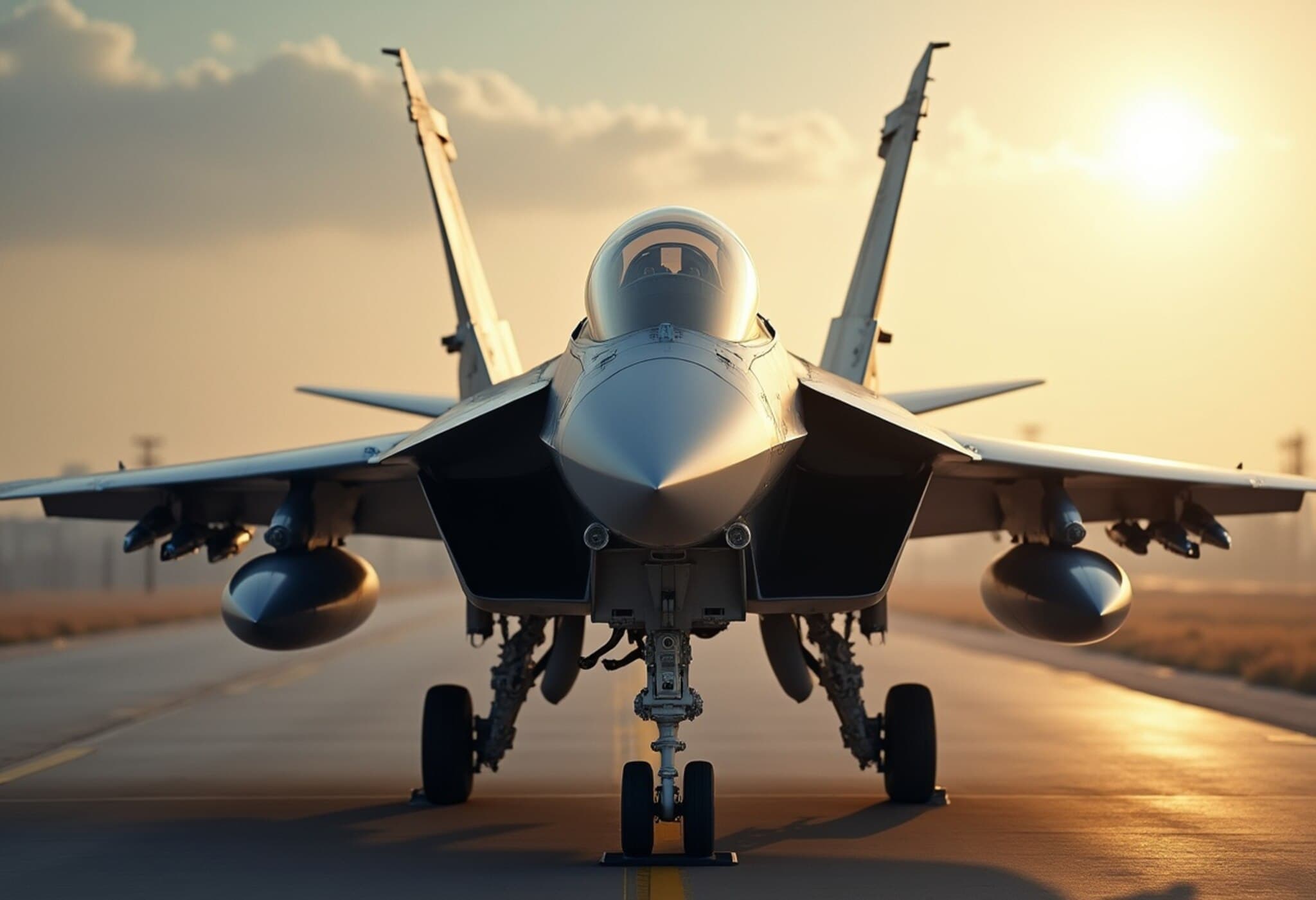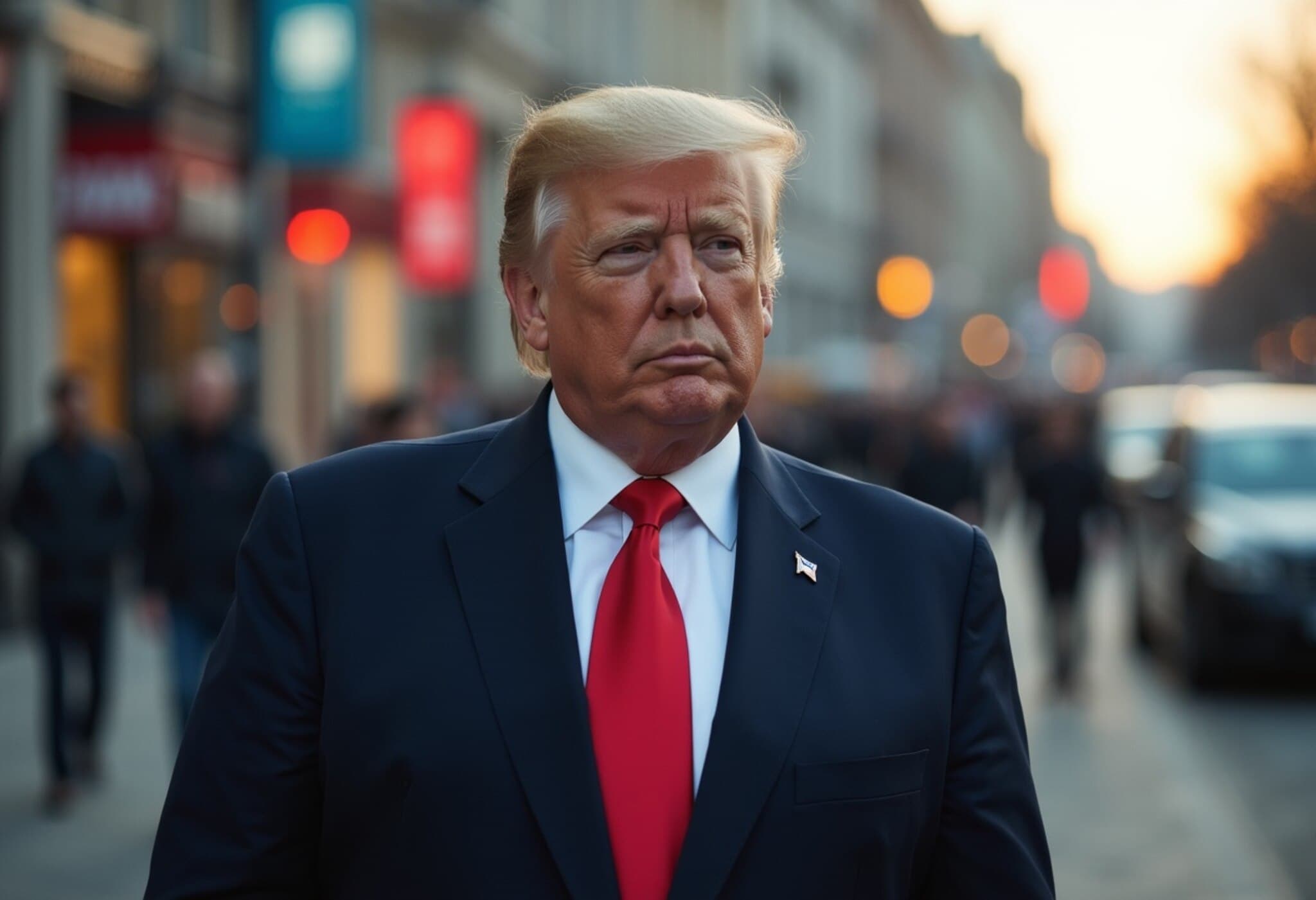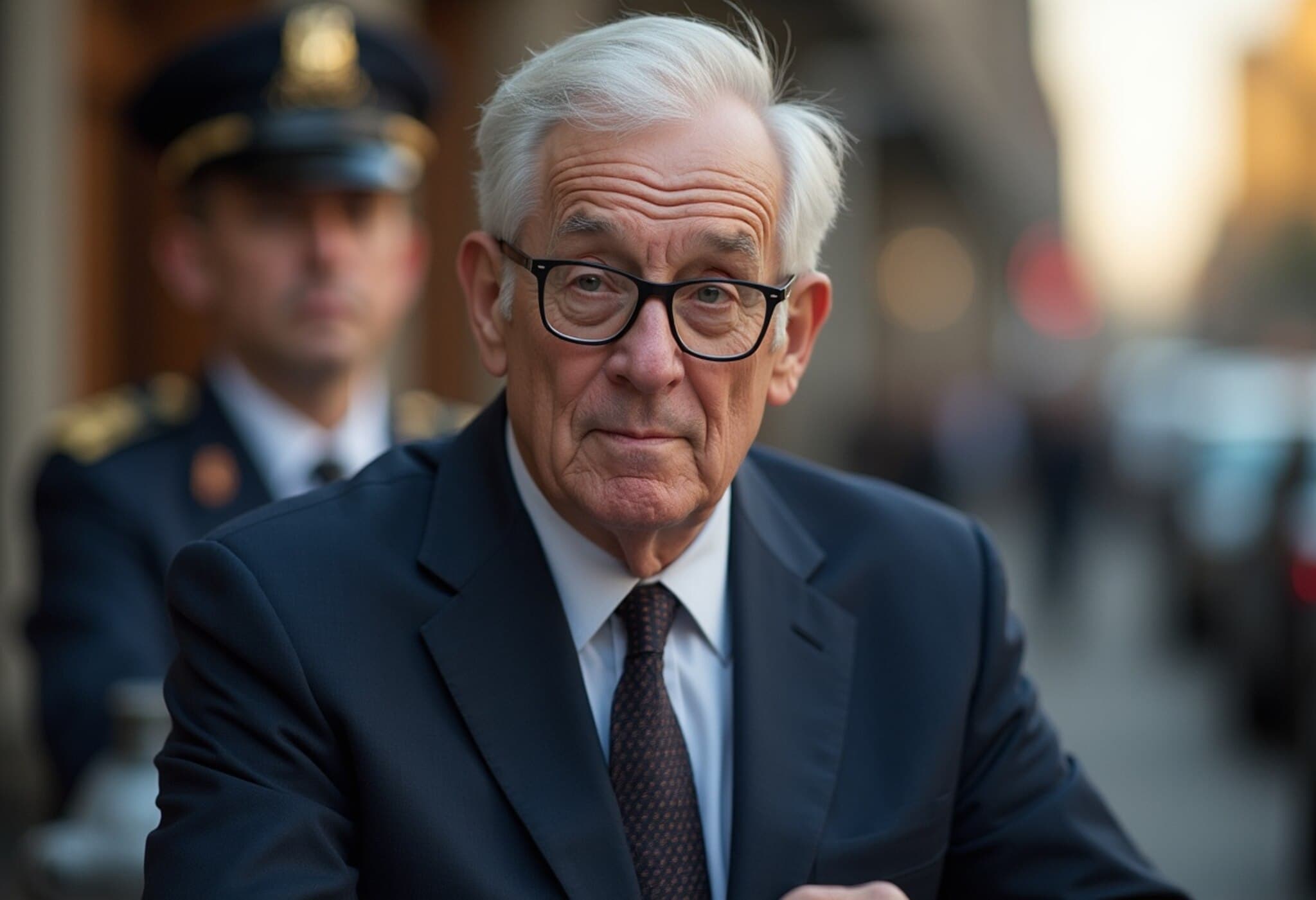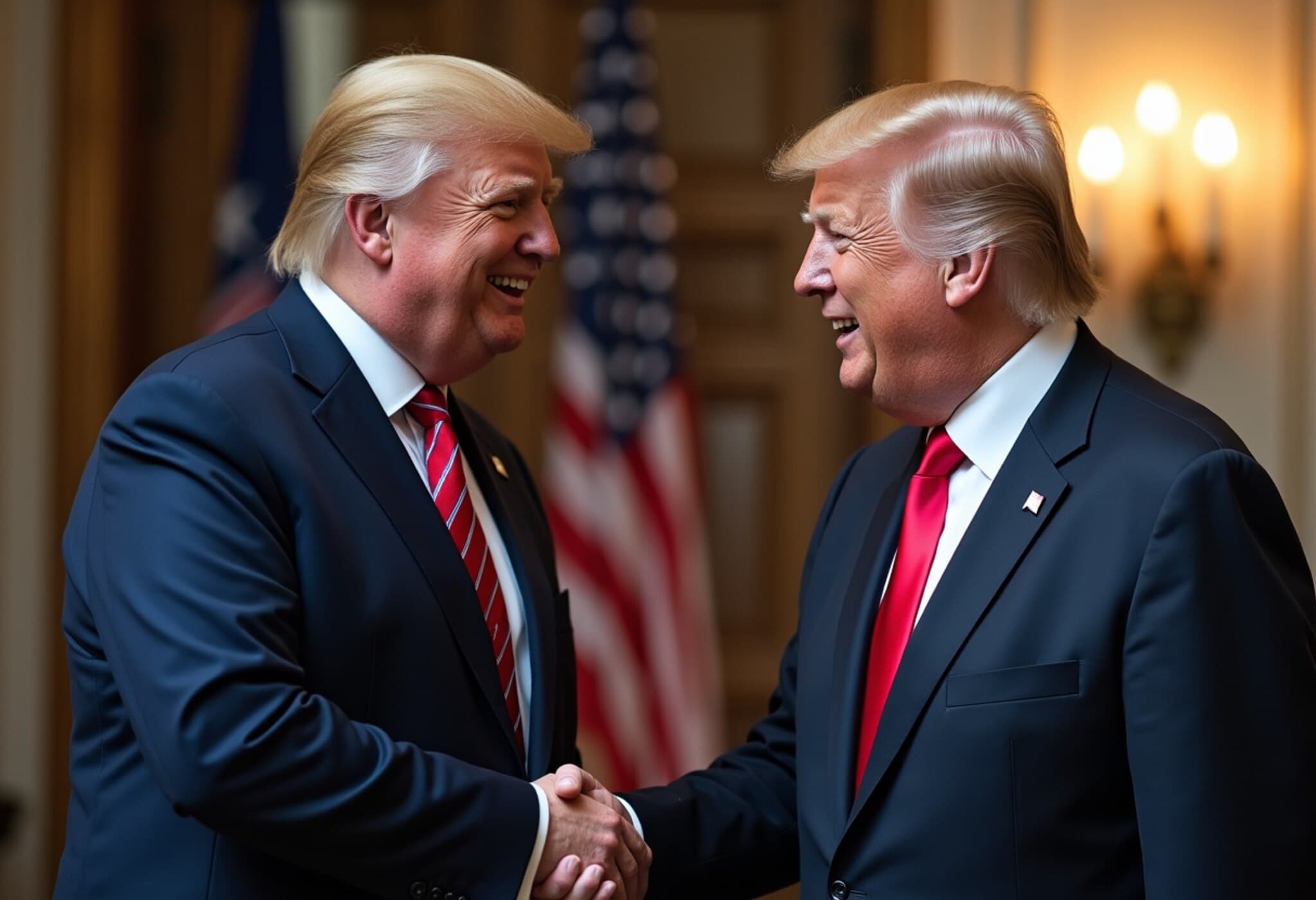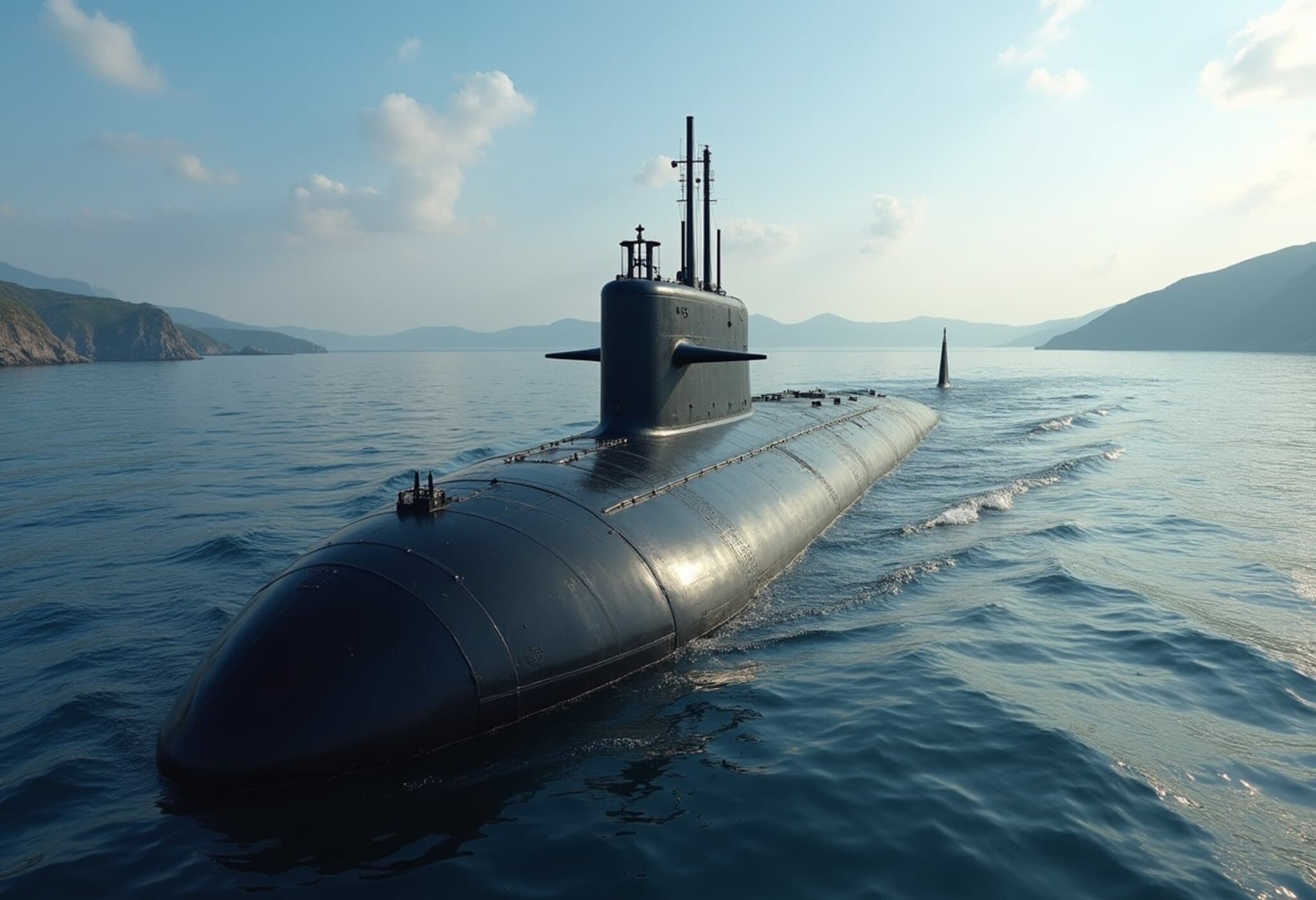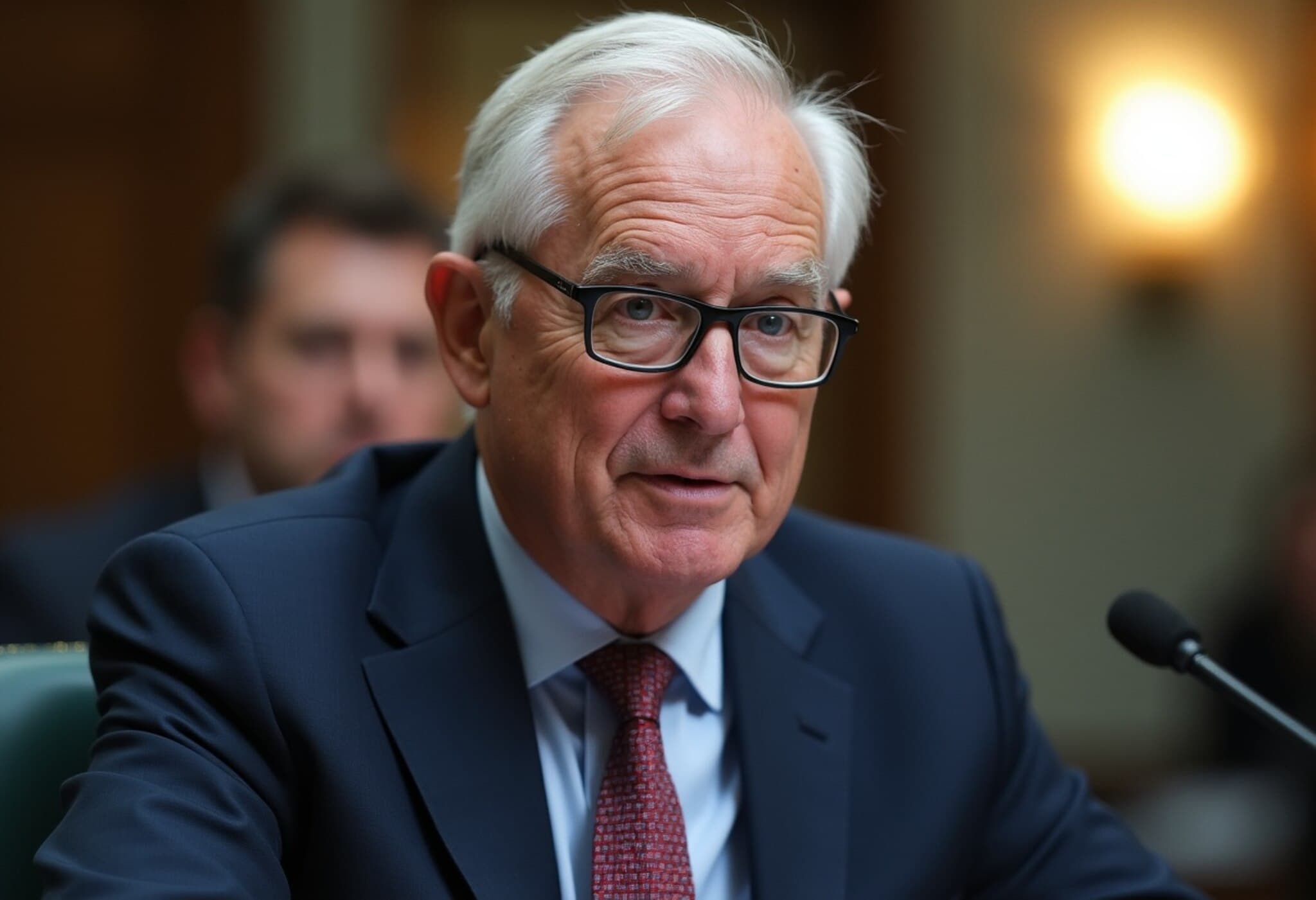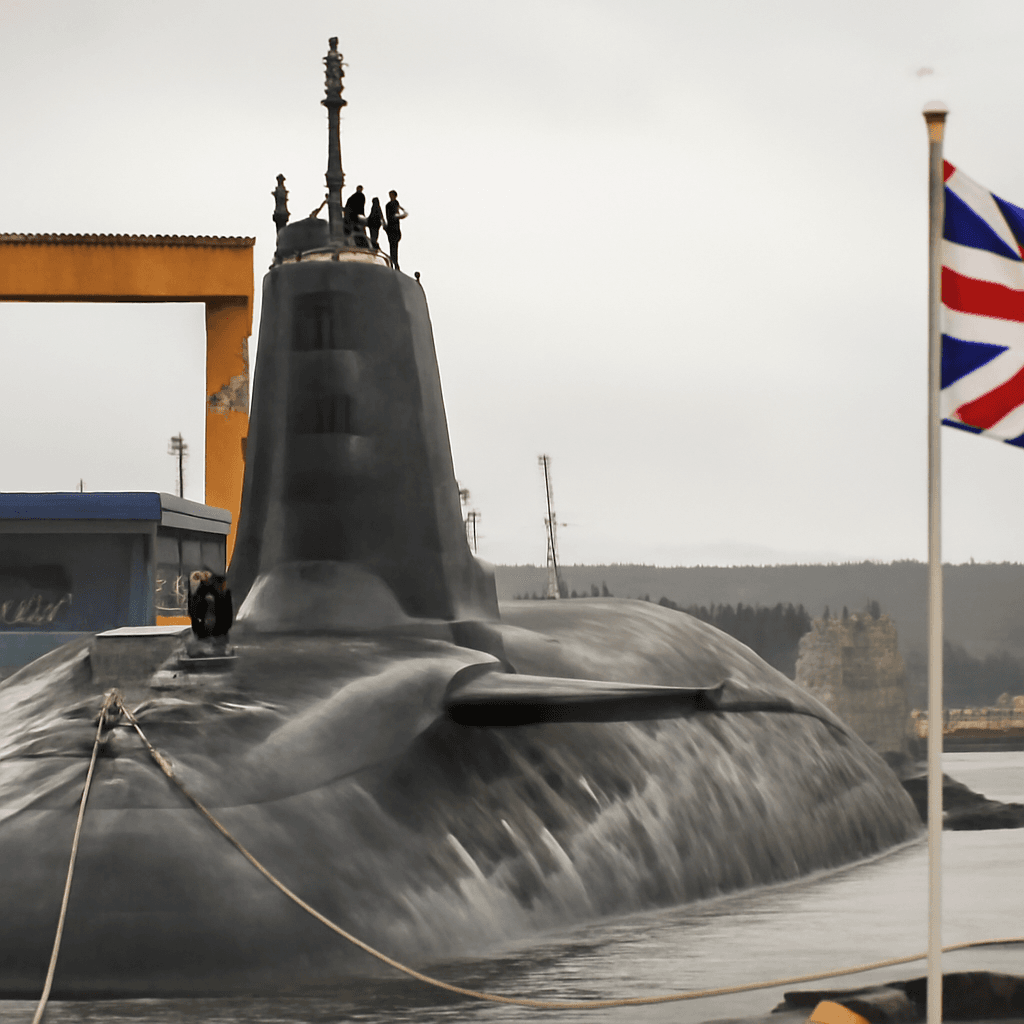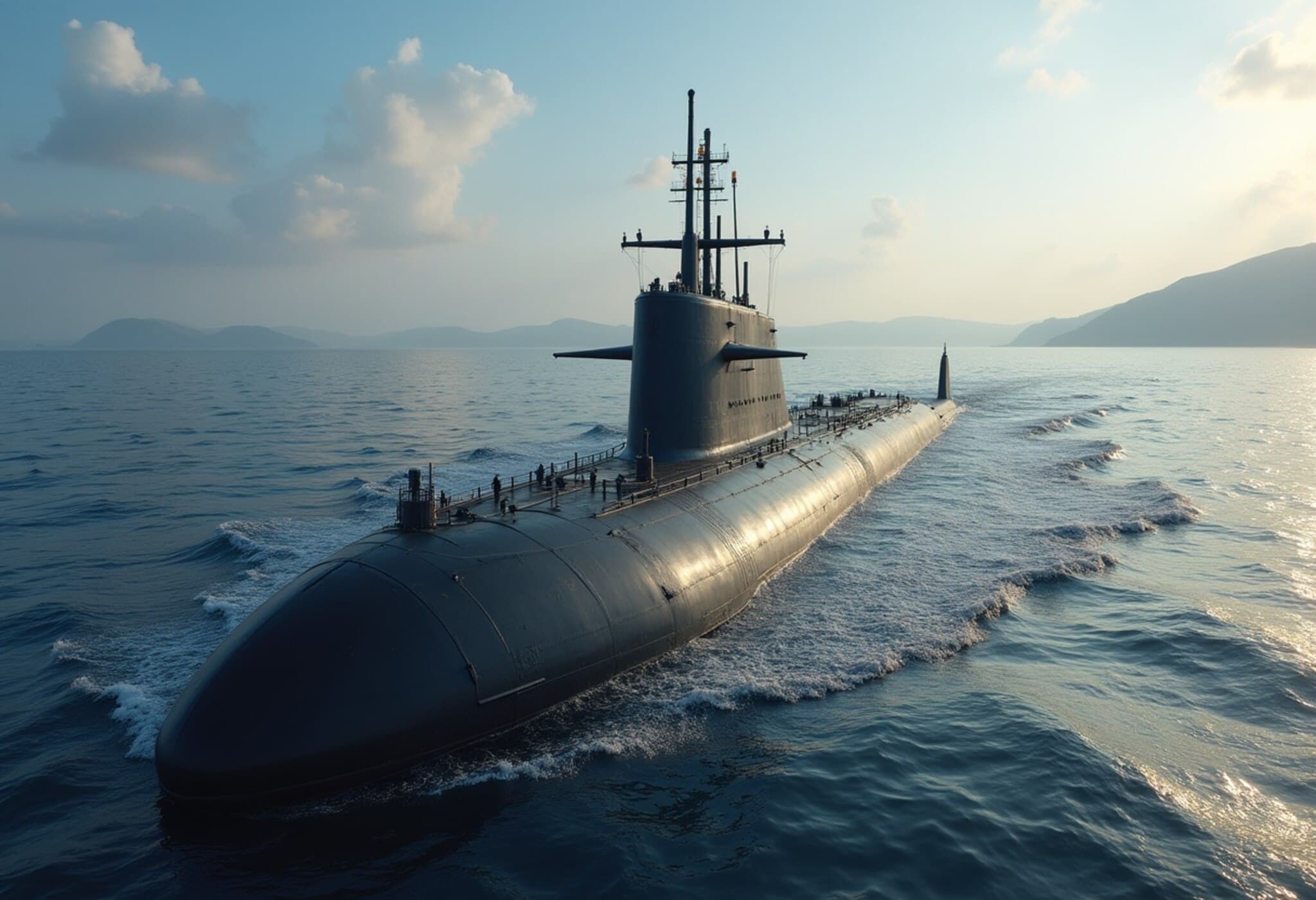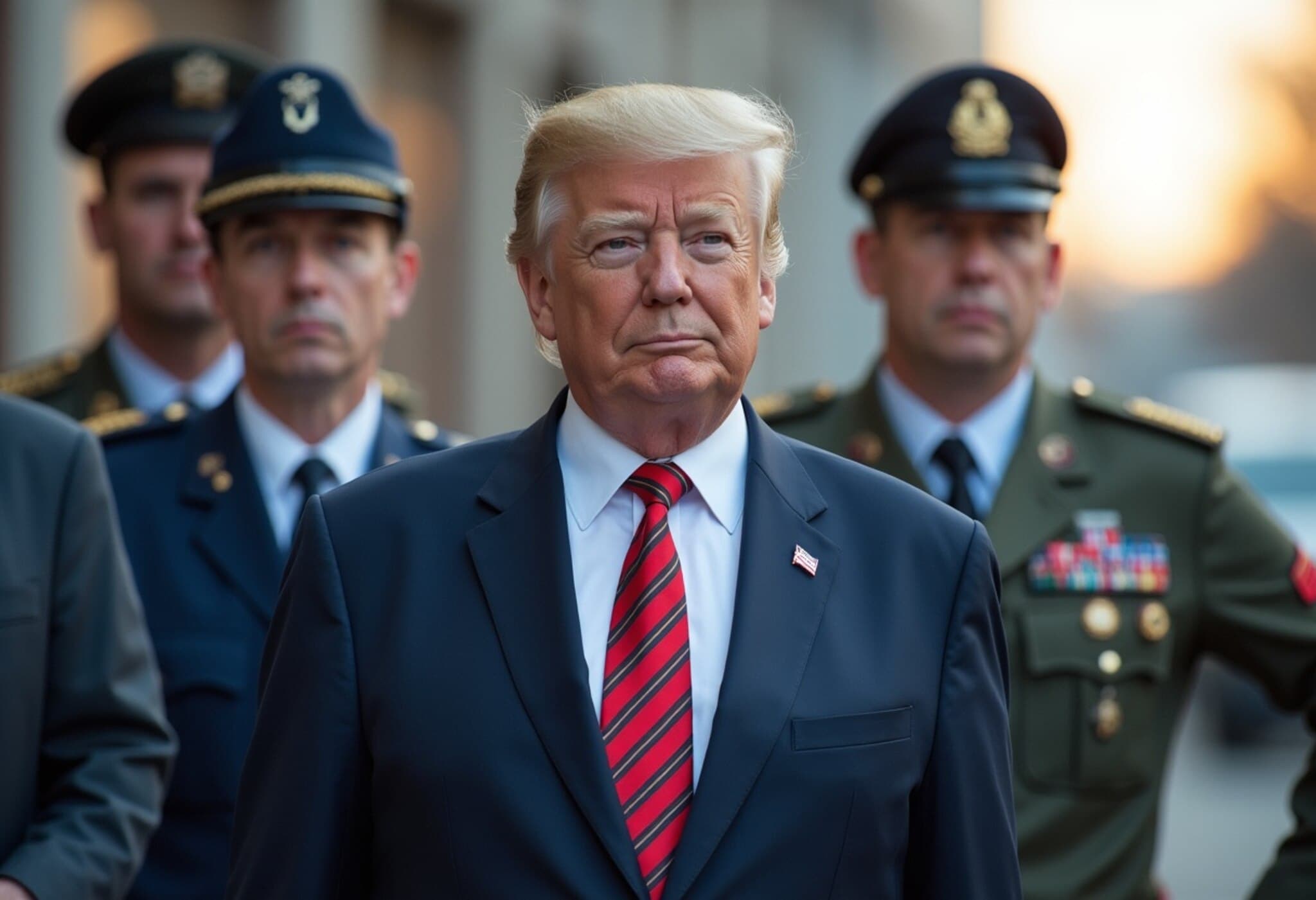Australia Commits Additional $800 Million to US in AUKUS Submarine Deal
In a move that underscores its steadfast commitment to the trilateral security pact, Australia has quietly transferred another $800 million to the United States as part of the AUKUS submarine agreement, pushing the total payments to $1.6 billion. This payment comes despite an ongoing Pentagon-led review initiated by the Trump administration, scrutinizing progress and strategic goals within the alliance.
Understanding the Financial Commitment
According to official sources, this second payment was completed during the second quarter of 2025, aligning with a previously agreed-upon schedule. By the close of this year, Canberra is expected to have contributed a cumulative $2 billion towards boosting US submarine production capabilities. Converted to Australian dollars, this investment equates to more than $3 billion AUD funneled into the American shipbuilding sector, specifically targeting the production of Virginia-class submarines destined for Australia’s future fleet.
A Defence Department spokesperson emphasized that Australia's payments are designed to accelerate and support US naval manufacturing processes, ensuring the delivery commitments under AUKUS are met efficiently. "Our contribution is about enabling higher US production rates and maintenance capabilities to fulfill Australia's submarine acquisition goals," the spokesperson said.
Strategic Significance Amid Pentagon Review
While the Pentagon's evaluation of the AUKUS agreement initially sparked speculation regarding potential shifts in alliance dynamics or funding obligations, the Australian government has remained publicly unfazed. Officials describe the review as a routine recalibration, reflecting the natural scrutiny a new US administration exercises over pivotal security projects.
"All three partner nations—Australia, the UK, and the US—are advancing AUKUS objectives at a brisk pace," the Defence Department added, highlighting steady trilateral cooperation despite the review.
Lack of Publicity Around the Second Payment Raises Eyebrows
Notably, the first $800 million transfer received extensive media coverage in February 2025, coinciding with a high-profile meeting between Australia's Defence Minister Richard Marles and US Secretary of Defence Pete Hegseth in Washington. By contrast, the subsequent payment proceeded without public announcement, sparking questions about transparency.
During a Senate estimates hearing earlier this year, officials confirmed the payment would occur according to schedule, forecasting a total contribution of $2 billion by the end of 2025. However, the precise payment date and whether Canberra was fully apprised of the Pentagon’s review timing remain undisclosed. The government did confirm the payment fell within April to June 2025 but declined to elaborate further.
Long-Term Financial and Strategic Outlook
Following 2025, the remaining $1 billion owed by Australia will be dispersed over a decade in annual installments, adjusted for inflation. However, these direct contributions represent just a fragment of the colossal AUKUS program, which is estimated to tally between $268 billion and $368 billion across 30 years.
Bruce Wolpe, senior fellow at the United States Studies Centre, interpreted the ongoing payments as evidence of Australia’s unwavering dedication to the pact. "Despite recent concerns post-review, Australia’s steady payments signal a clear redoubling of commitment," Wolpe remarked, though he also pointed out the peculiar nature of the subdued publicity around the latest installment.
Lingering Questions and Policy Implications
- Increased Financial Demands: There is speculation the Pentagon review may recommend escalating Australia’s financial contributions beyond the current $3 billion commitment to expand the US maritime industrial base.
- Defense Spending Pressure: US officials, including Secretary Hegseth, have urged Australia to raise defense spending from the current 2% of GDP to 3.5%, which translates to an additional $40 billion annually, raising questions about Australia’s long-term budget priorities and regional security posture.
- Production Capacity and Strategic Use: The review assesses the US’s capability to meet submarine production targets and scrutinizes the framing of potential operational deployments, particularly in contested scenarios like China-Taiwan tensions.
Recent reporting highlights efforts by the Trump administration’s submarine czar, Jerry Hendrix, to boost the US industrial base’s capacity—potentially recalibrating the alliance’s strategic calculus in the Indo-Pacific.
Expert Commentary
The continuation of substantial payments amidst a high-profile review raises important questions about transparency and public communication within defense partnerships. Australia’s maneuver suggests a prioritization of alliance commitments that transcend short-term political uncertainties at home and abroad.
Moreover, the sizable financial investment signals Canberra’s recognition of the evolving Indo-Pacific security landscape, where ensuring advanced submarine capabilities is critical for deterrence and operational readiness.
Yet, the quiet nature of recent transactions invites debate about democratic oversight and how governments balance secrecy with accountability in sensitive defense deals.
Editor’s Note
The unfolding narrative around Australia’s payments to the US within AUKUS spotlights the complexities of trilateral defense collaboration amid shifting geopolitical tides. Readers might consider:
- How will increased financial and operational demands shape Australia’s defense strategy and budget allocation in the years ahead?
- Is there adequate transparency and public engagement around such major military investments?
- How might these submarine acquisitions influence regional power dynamics, particularly with China’s rising assertiveness?
As AUKUS evolves, these questions remain pivotal for policymakers, analysts, and citizens invested in Indo-Pacific security and alliance integrity.

